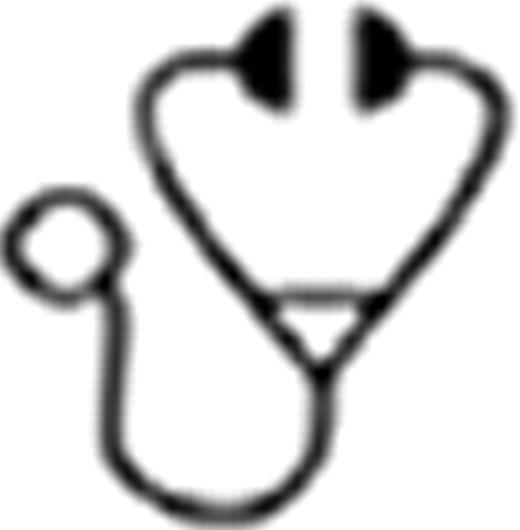Abstract
Abstract 3020 FN2
FN2
The intensive T-cell depletion of the graft accompanying haploidentical stem cell transplantation (SCT) delays immune reconstitution and results in frequent and rapidly lethal infectious complications. The ability to accelerate immune reconstitution following HLA-haploidentical-SCT would extend safe transplantation to the large number of patients who do not have an HLA-matched donor.
Twenty-seven adults with very high-risk malignancy entered a Phase I clinical trial of haplo-identical T-cell depleted allogeneic SCT followed by an immunotherapeutic strategy consisting of alloreactive T-lymphocyte depleted cells to accelerate immune reconstitution (ATIR) while preventing graft-versus-host disease (GVHD). Selective elimination of host-reactive T cells was achieved using a dibromorhodamine-based photodepletion approach. All stem cell grafts underwent in vitro immunomagnetic T cell depletion using CD34+ positive cell selection (Miltenyi). The myeloablative regimen consisted of TBI (1200 cGy), thiotepa (5 mg/kg), ATG (12.5 mg/kg) and fludarabine (200 mg/m2). No GVHD prophylaxis was administered.
Eight patients were enrolled and subsequently removed from the study because of leukemia relapse (n=4) or late identification of an unrelated donor (n=4). All 8 patients died. Nineteen patients (11 M, 8 F) with very high-risk hematologic malignancies (mostly refractory or relapsed acute myeloid leukemia (10) and myelodysplastic syndromes (4), and refractory biphenotypic leukemia (1), CLL (2), CML (1) and NHL (1)) proceeded with the trial. Median age was 54 years (range: 20–62). Patient and disease characteristics were similar between patient cohorts. Patients received incremental doses of ATIR cells, from 1×104 to 5×106 CD3 cells/kg at a median of 30 days (range: 28–39) after SCT. Greater than 90% of activated (CD25+CD44+) CD4 and CD8 T cells (p<0.004) and anti-host cytotoxic T lymphocyte precursors (CTLp) (p=0.0008) were depleted from the donor lymphocyte infusions (DLI). Interferon- γ responses against CMV, EBV and Influenza peptides were maintained post-photodepletion. Naive (TNaive) and central memory (TCM) T cells were also preserved, but mature effector memory populations (TEMRA) decreased after photodepletion. All patients showed complete donor chimerism and durable hematologic engraftment. No patients developed grade III-IV acute GVHD. Acute GVHD grade II developed in 4 patients at a median of 102 days post-transplant (range 45–125), 3 of these belonging to the 2 highest dose groups (2.0–5.0×106 CD3 cells/kg). Five patients developed de novo extensive chronic GVHD at a median of 4.8 months post-transplant. All patients responded rapidly to oral immunosuppression lasting for a median of 6.3 months, with only one patient treated for up to 17 months. NK (CD56) and B (CD19) cells were the first to recover, approximately 4 weeks post-transplant. Patients administered the highest T-cell doses (2.0–5.0×106 CD3 cells/kg) showed earlier reconstitution of CD3, CD4 and CD8 cells (all p≤0.02). The administration of increasing ATIR cell doses yielded gradually increasing proportions of TNaive of CD4 phenotype in the first 18 weeks, and of CD8 phenotype between weeks 18 and 36 post-ATIR. Time to the first infection was delayed in patients receiving high ATIR doses (p=0.015). During the first 6 months post-ATIR, the number of patients without infections was only 1 (14%) of the 7 low T-cell doses patients but increased to 8 (67%) in the high T-cell dose group (p=0.027). The overall survival was 47.4±22.4% (±95% confidence interval) and the event-free-survival 36.8±21.7% at 2 years, with a median follow-up of survivors of 4.0 years (range 3.1–5.1 years). Transplant-related mortality was decreased in the high (19.2%) versus the low ((65.7%) T-cell dose group, with a similar trend for improved survival in the high T-cell dose group (p=0.078).
Post-transplant immunotherapy with photodepleted DLI decreased the incidence and severity of infections without inducing severe GVHD. These results document the benefits of administrating selectively depleted T-cells after haploidentical transplantation.
Roy:Kiadis Pharma: Research Funding. Mielke:Kiadis Pharma: Research Funding. Egeler:Kiadis Pharma: Employment.
Author notes
Asterisk with author names denotes non-ASH members.

This icon denotes a clinically relevant abstract

